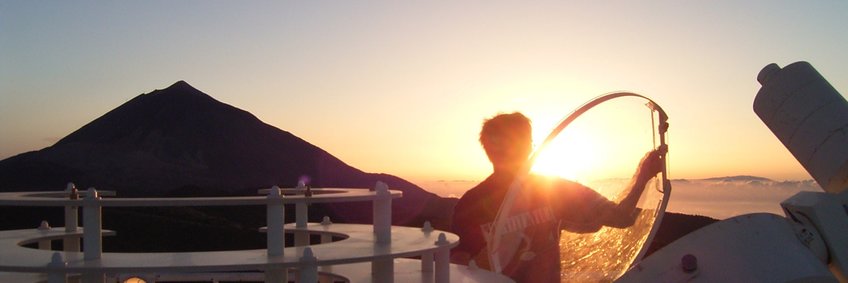Journal Article
Huybrighs, H.L.F.; Roussos, E.; Blöcker, A.; Krupp, N.; Futaana, Y.; Barabash, S.; Hadid, L.Z.; Holmberg, M.K.G.; Witasse, O.: Reply to Comment on “An Active Plume Eruption on Europa During Galileo Flyby E26 as Indicated by Energetic Proton Depletions”. Geophysical Research Letters
48 (18), e2021GL095240 (2021)


